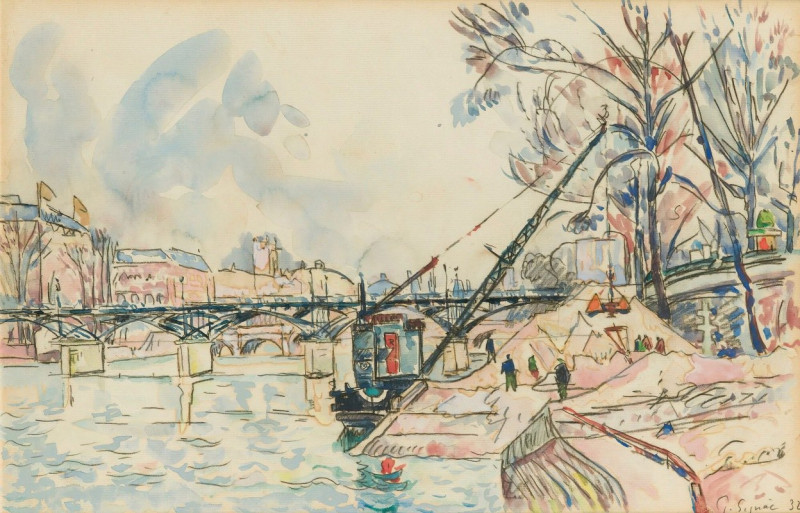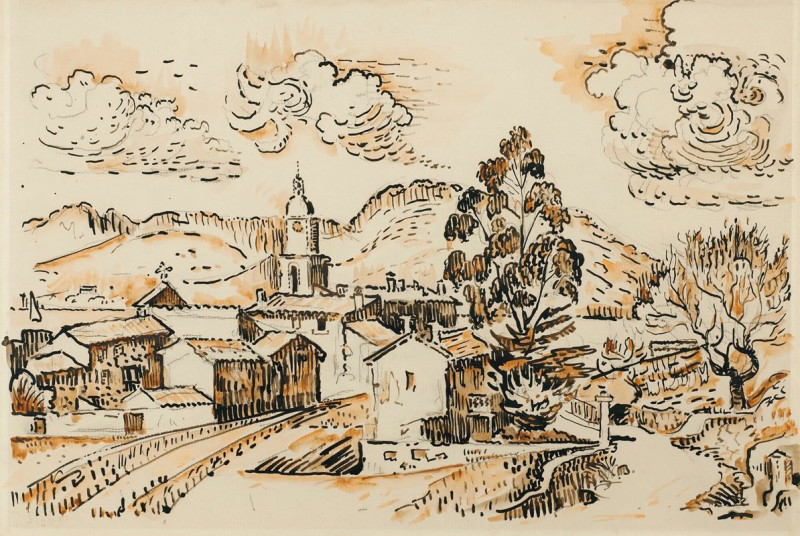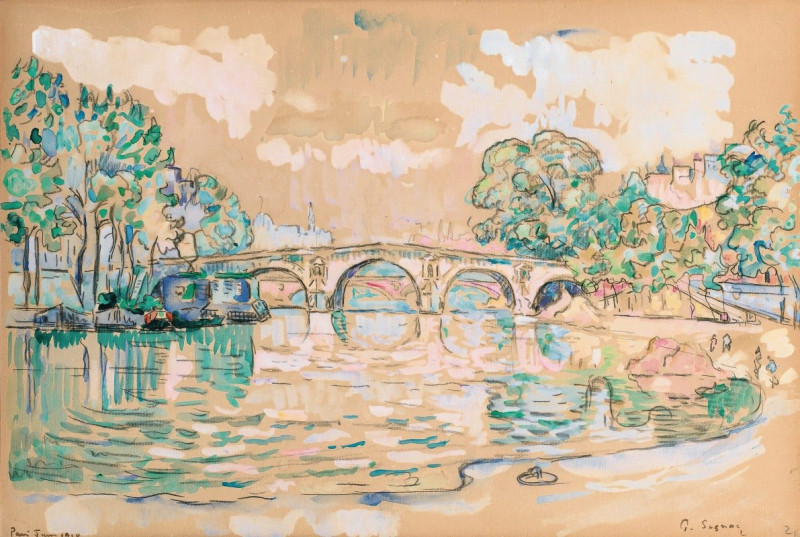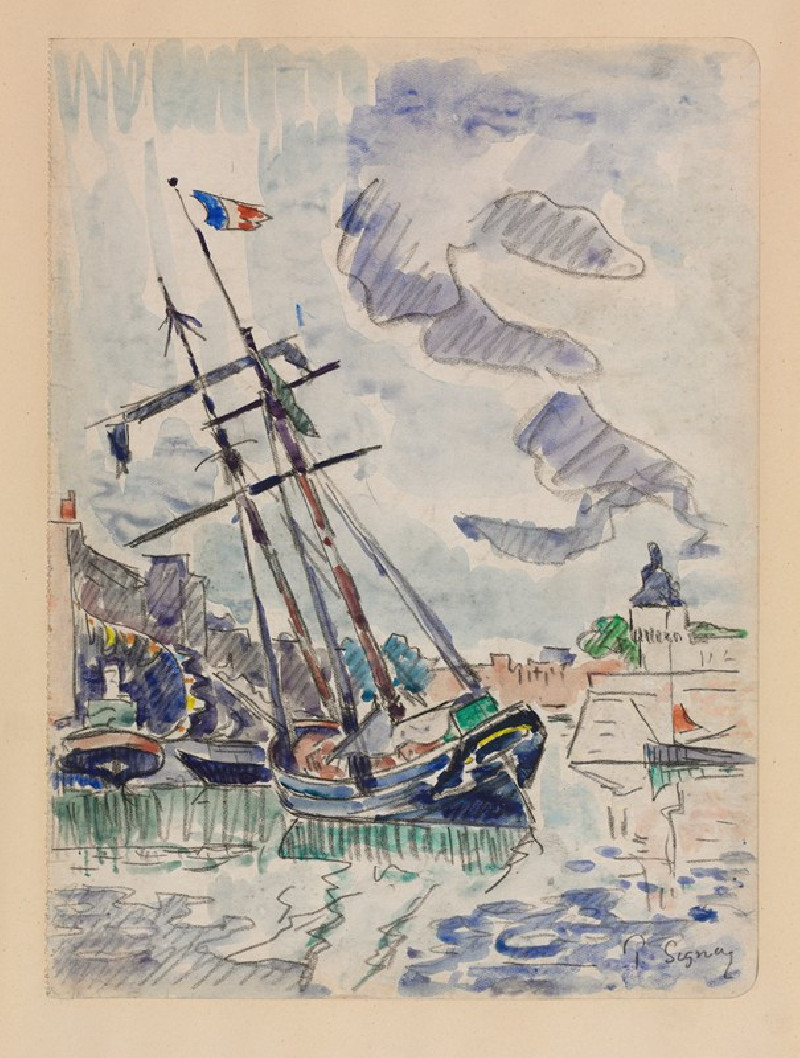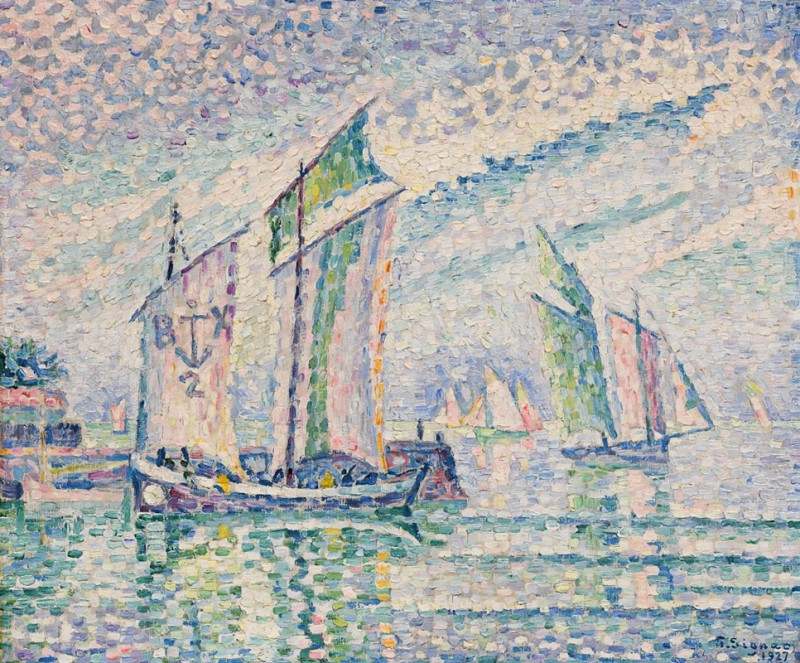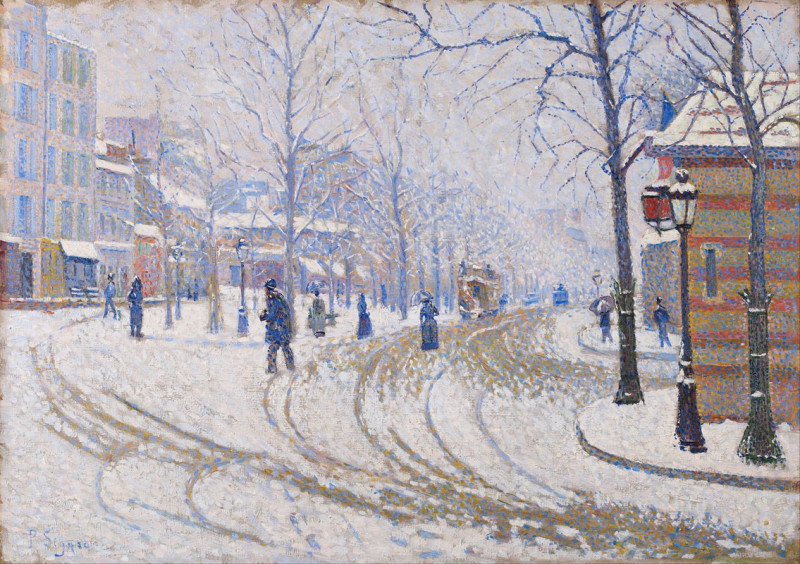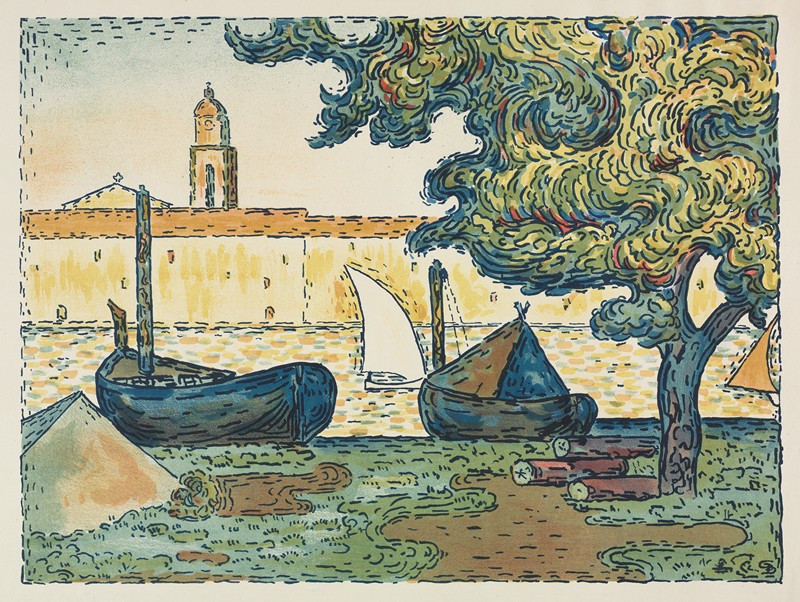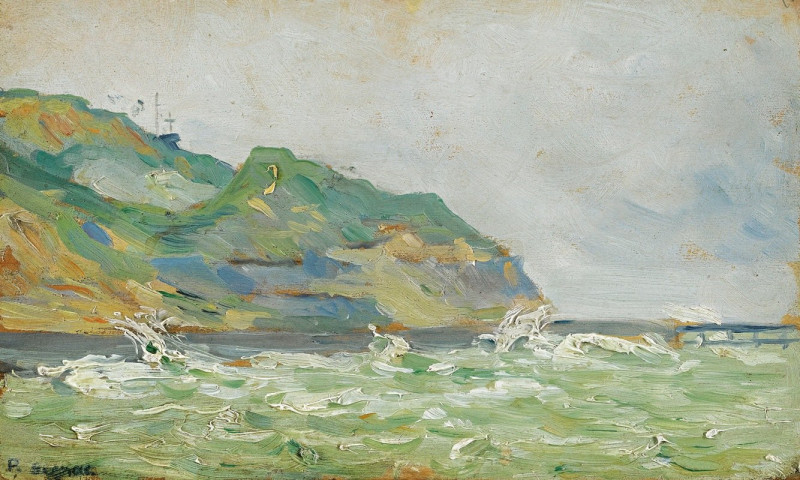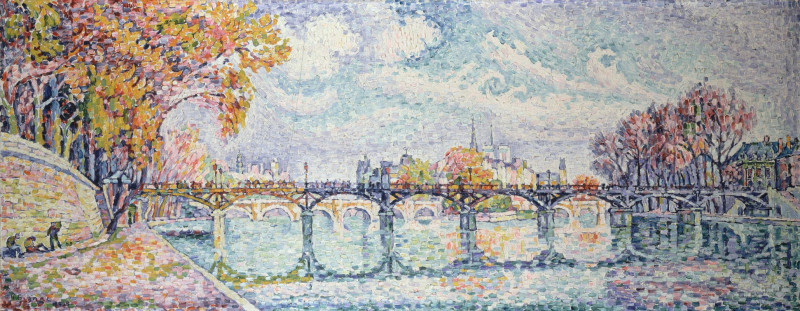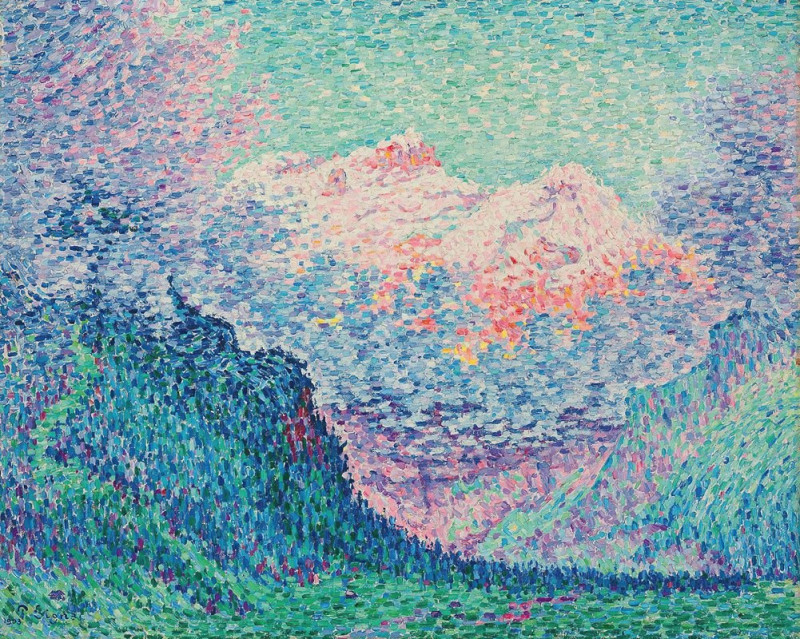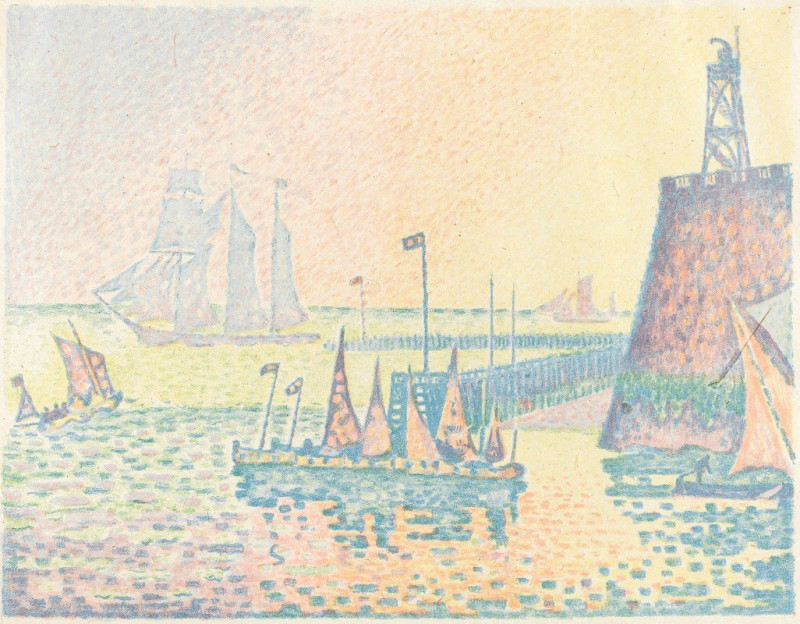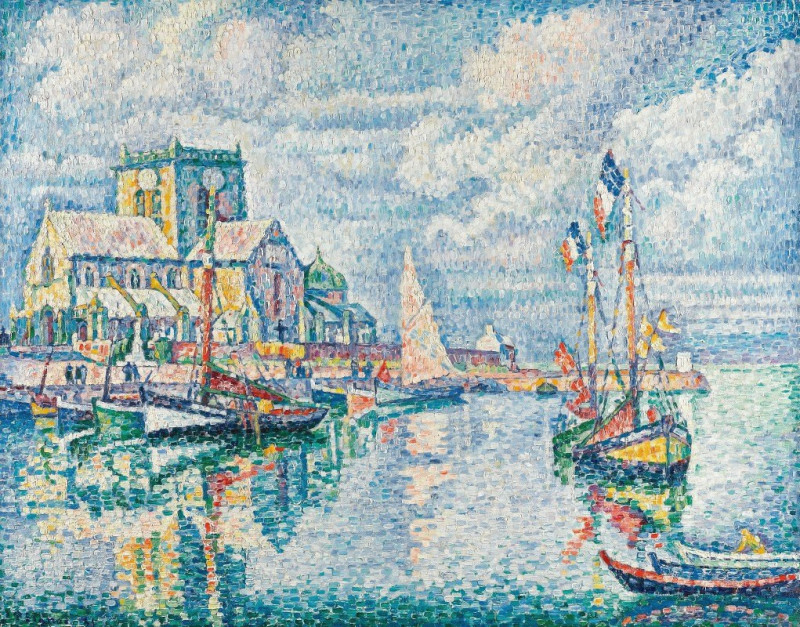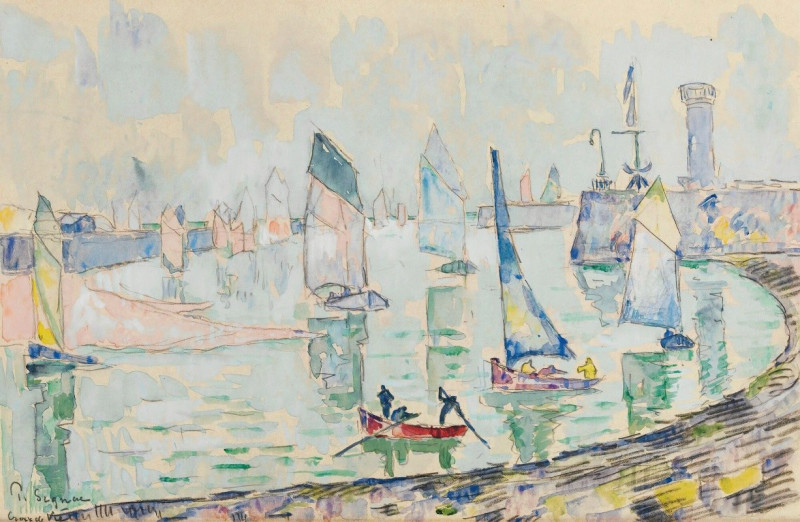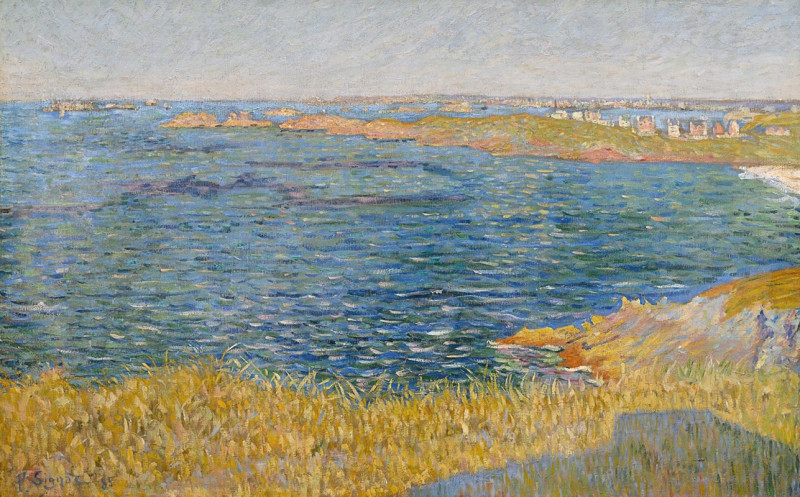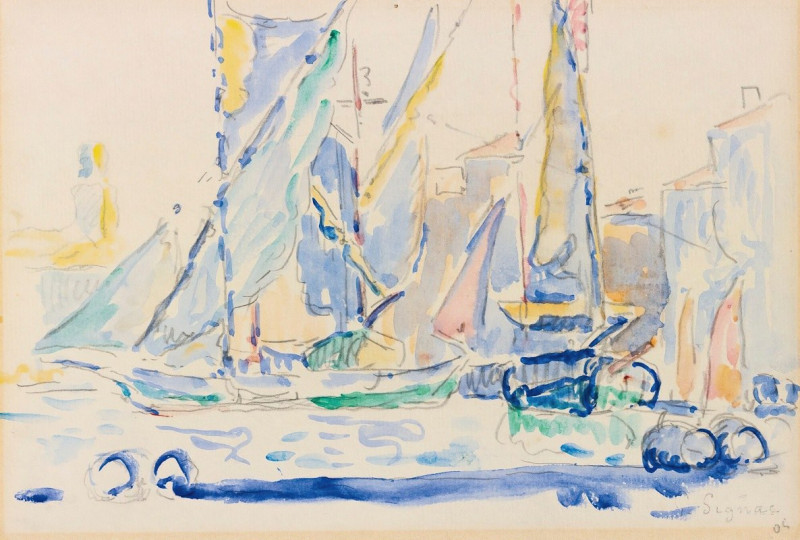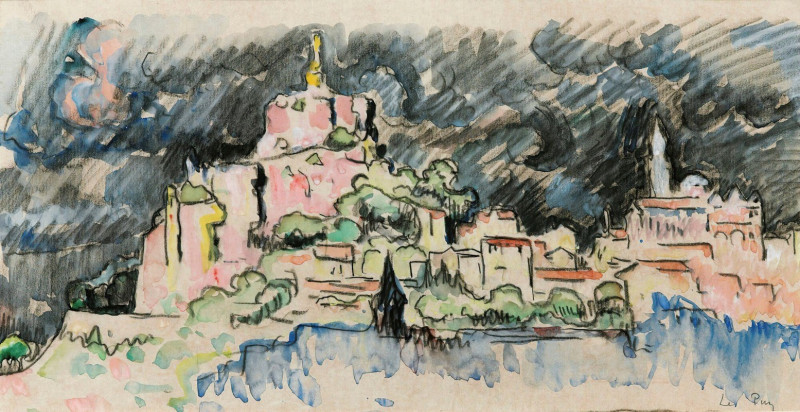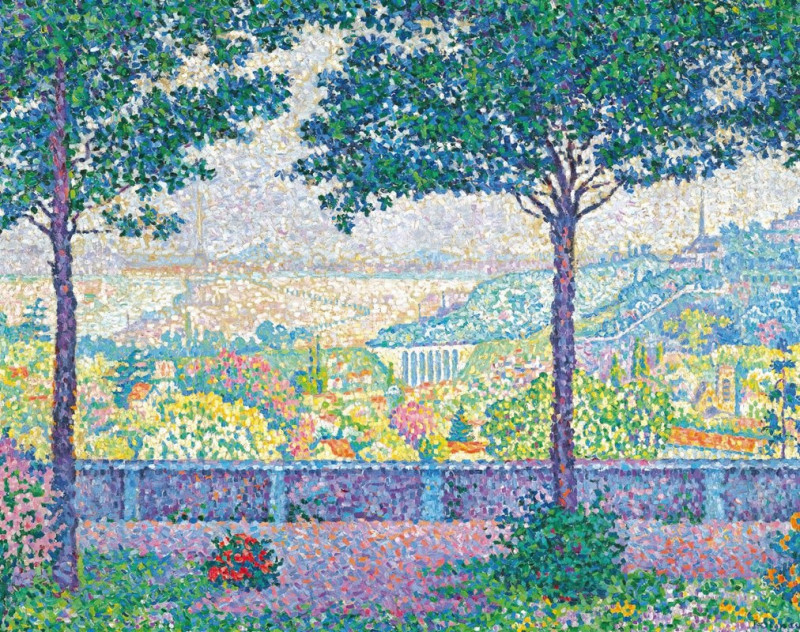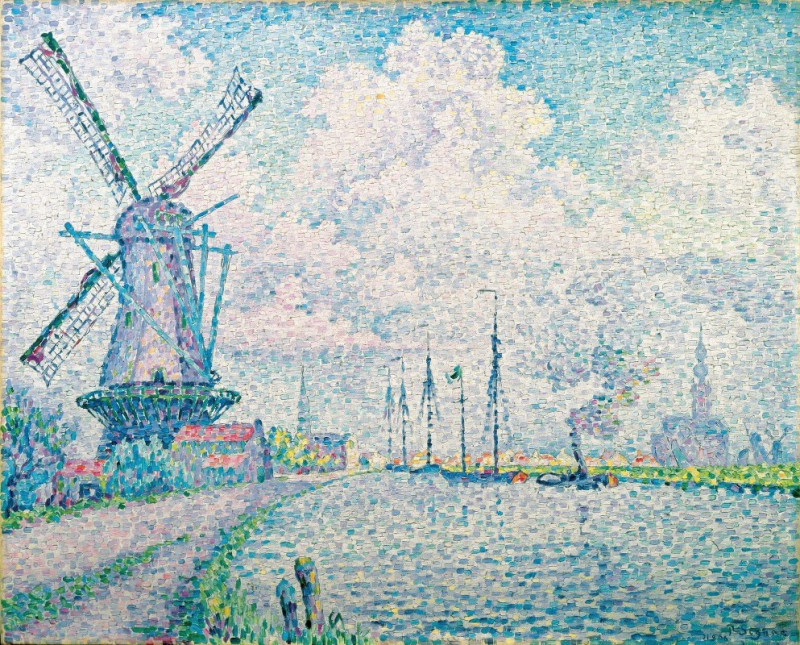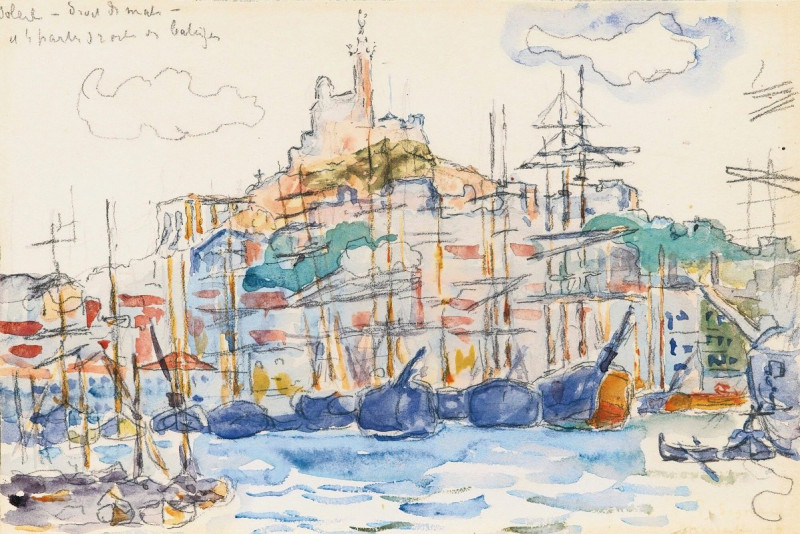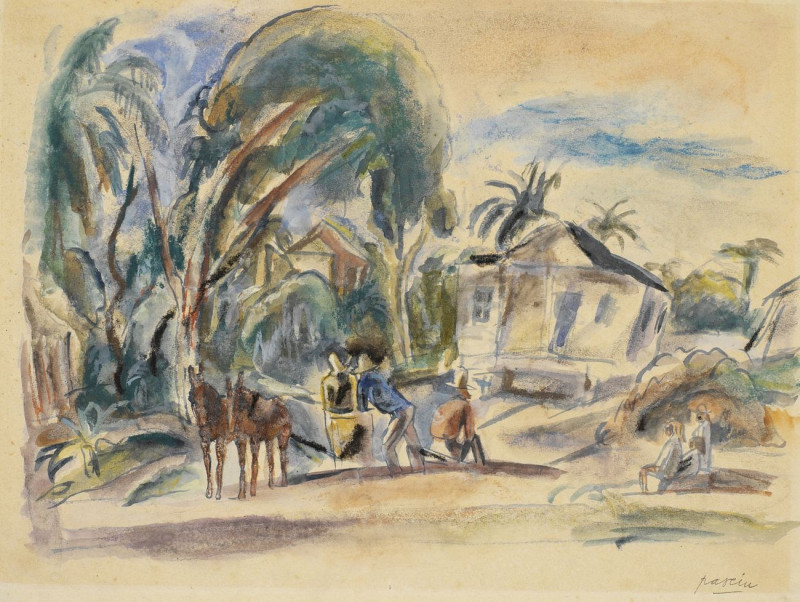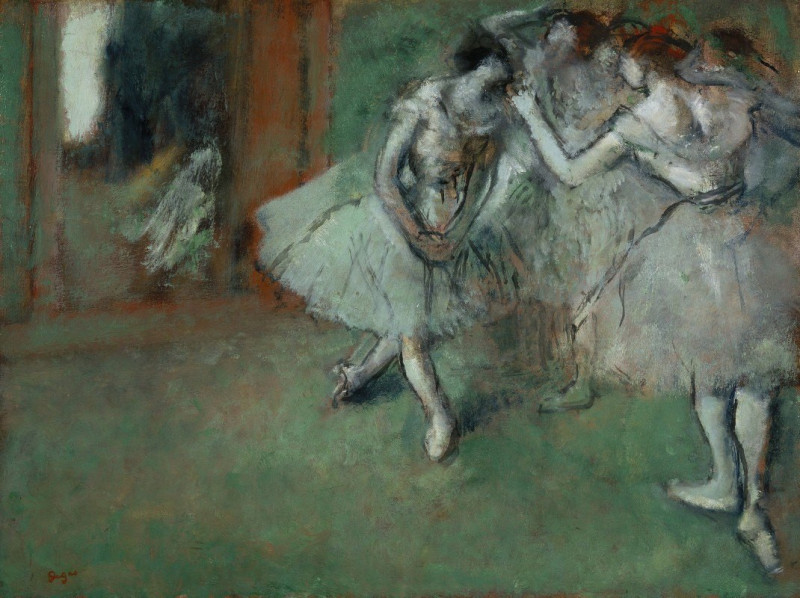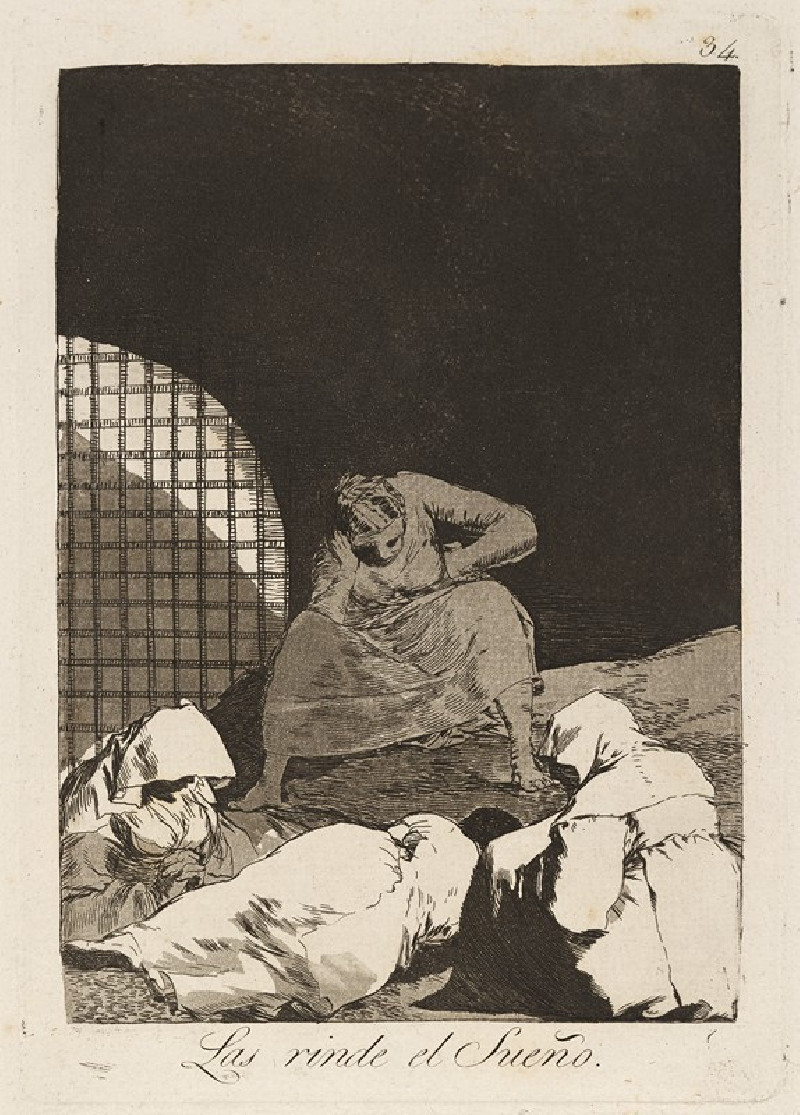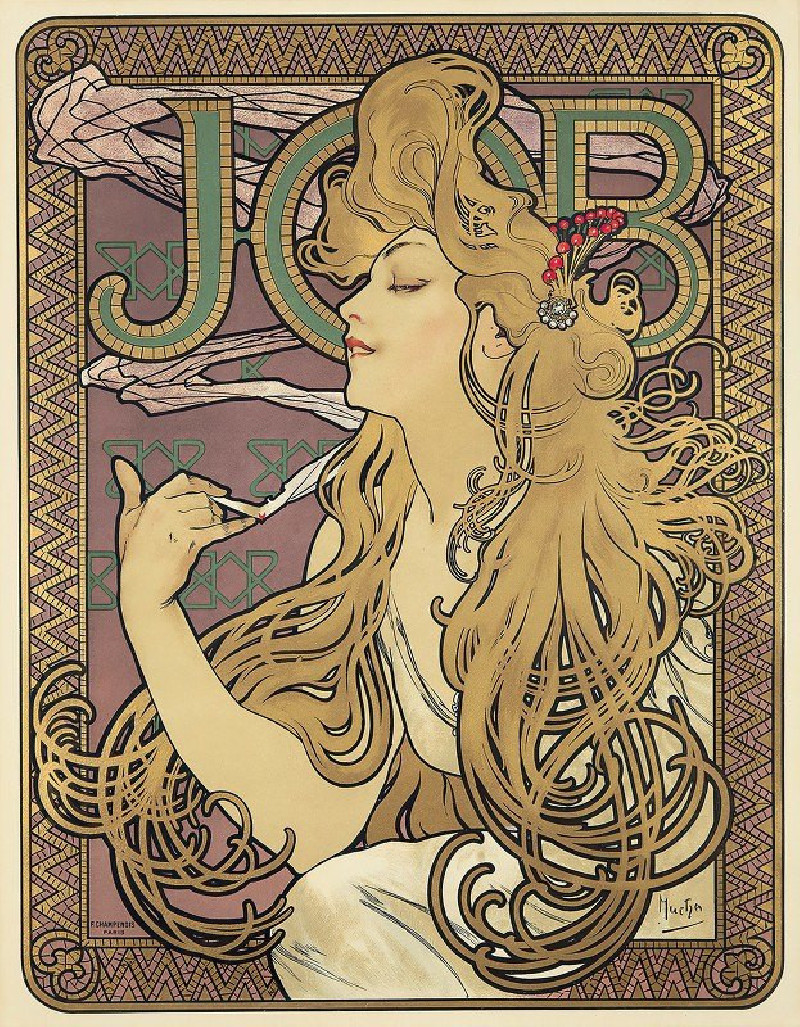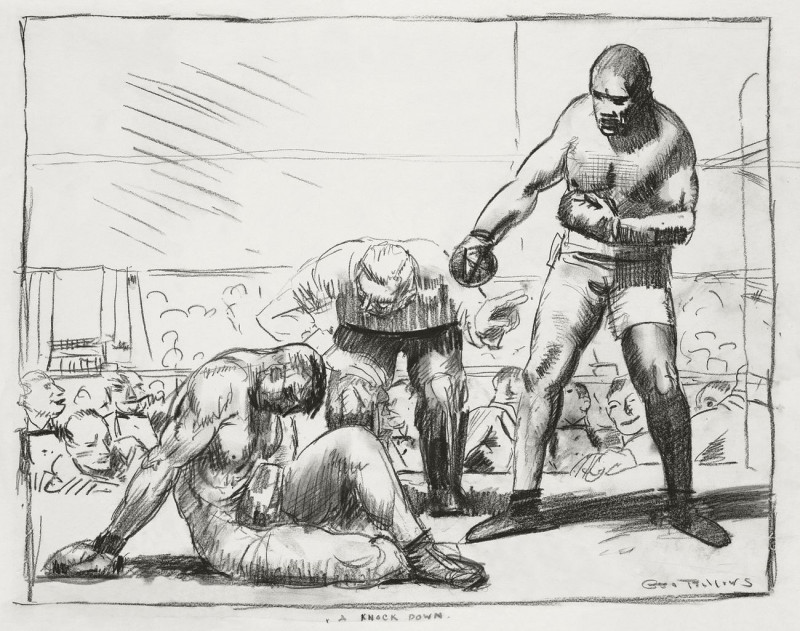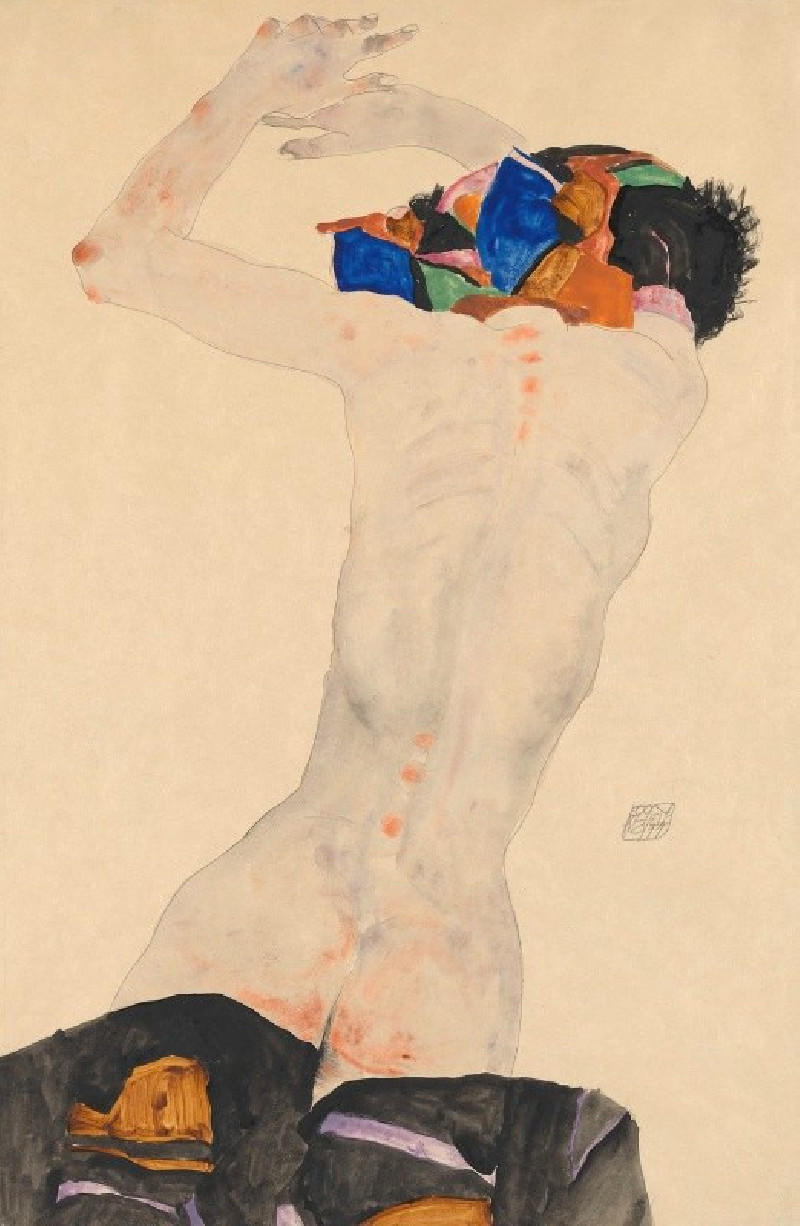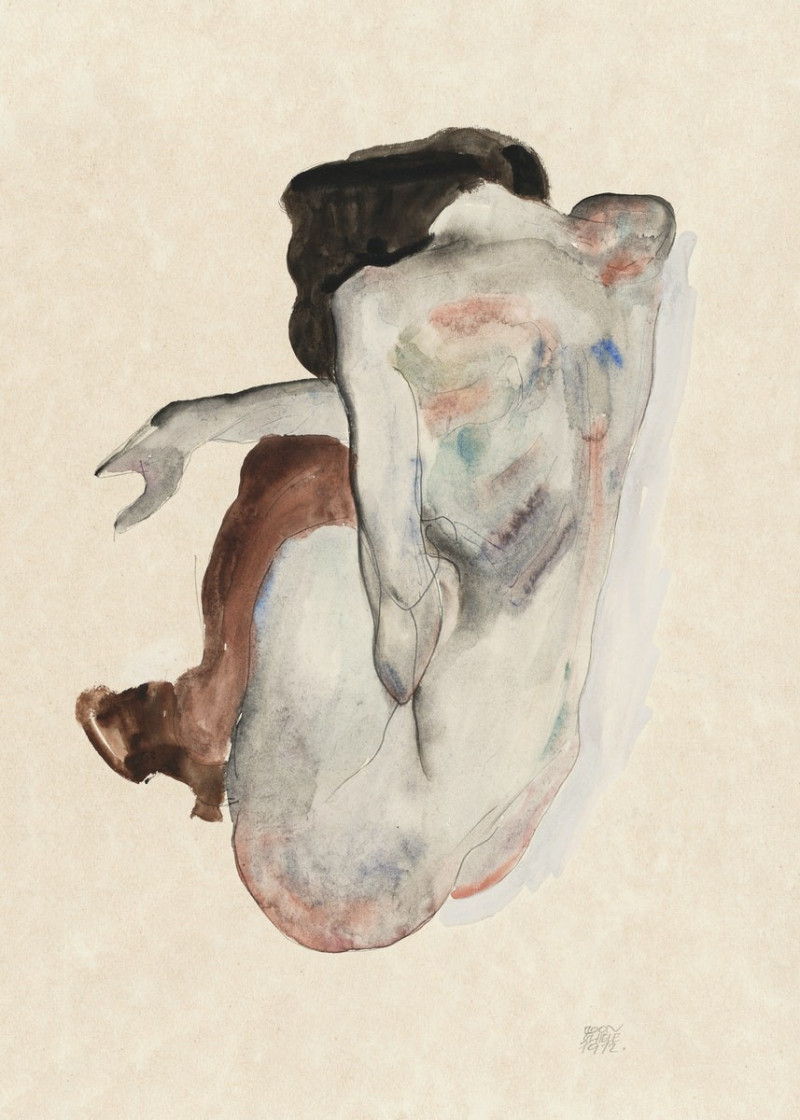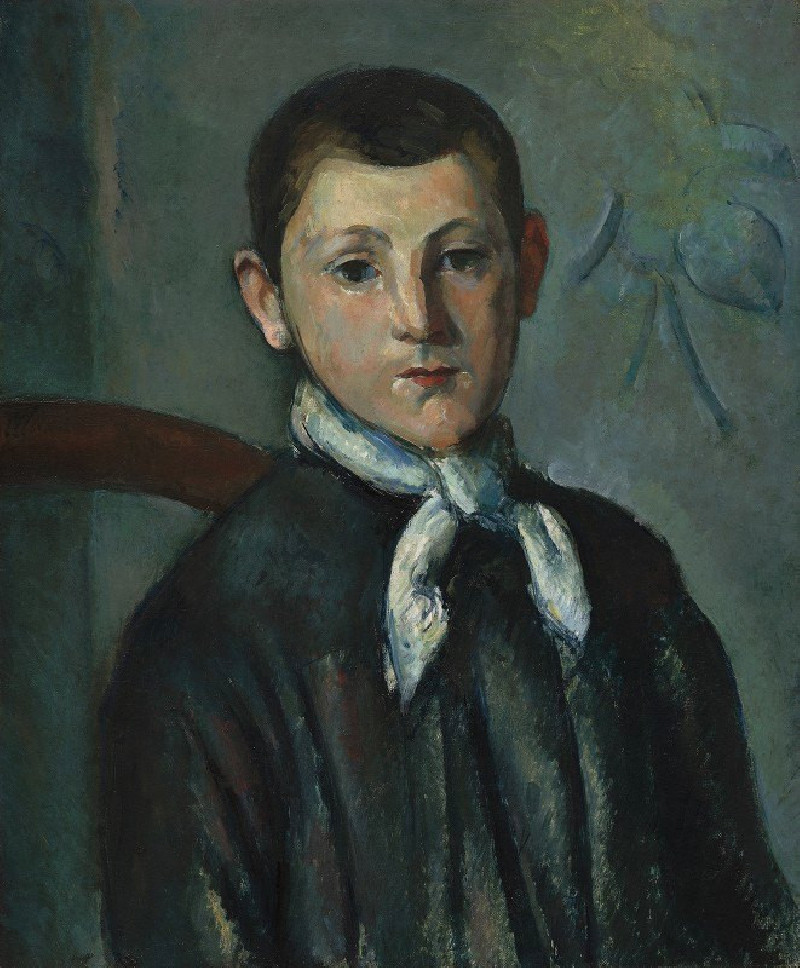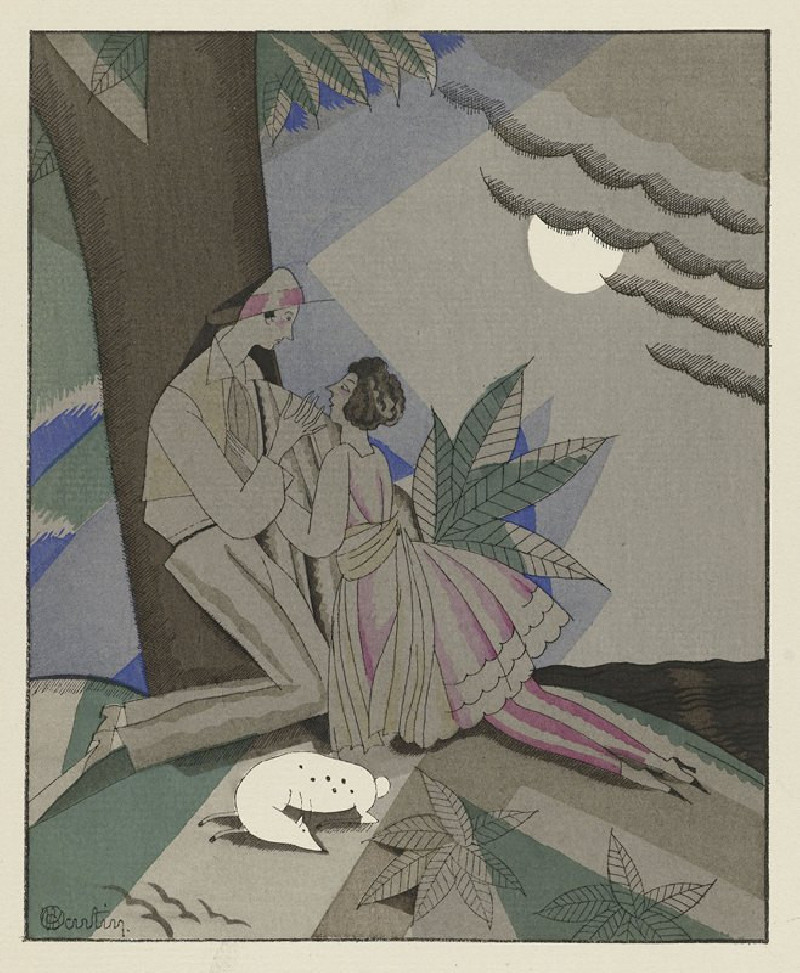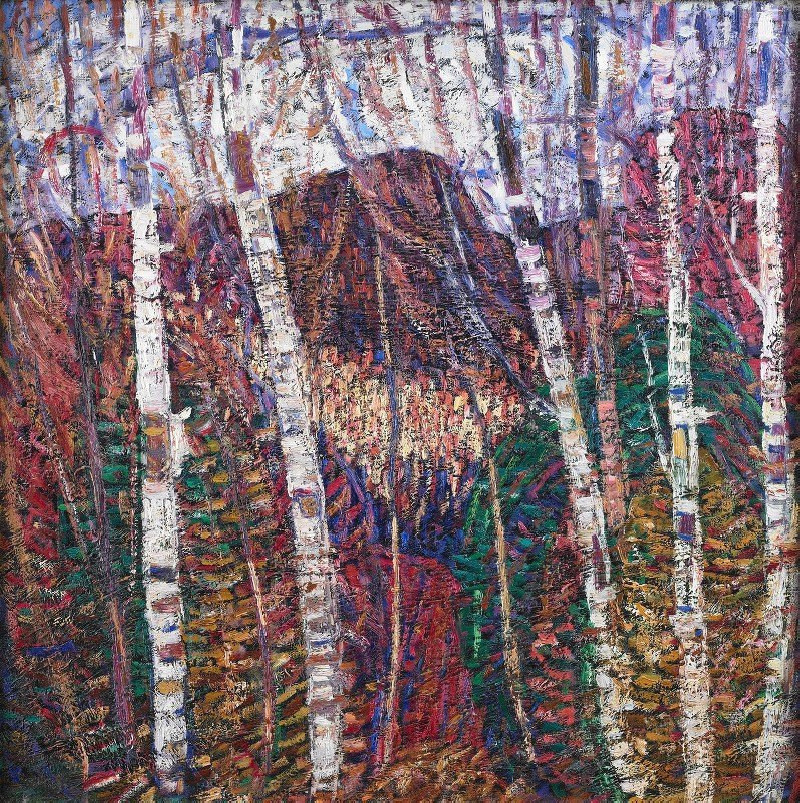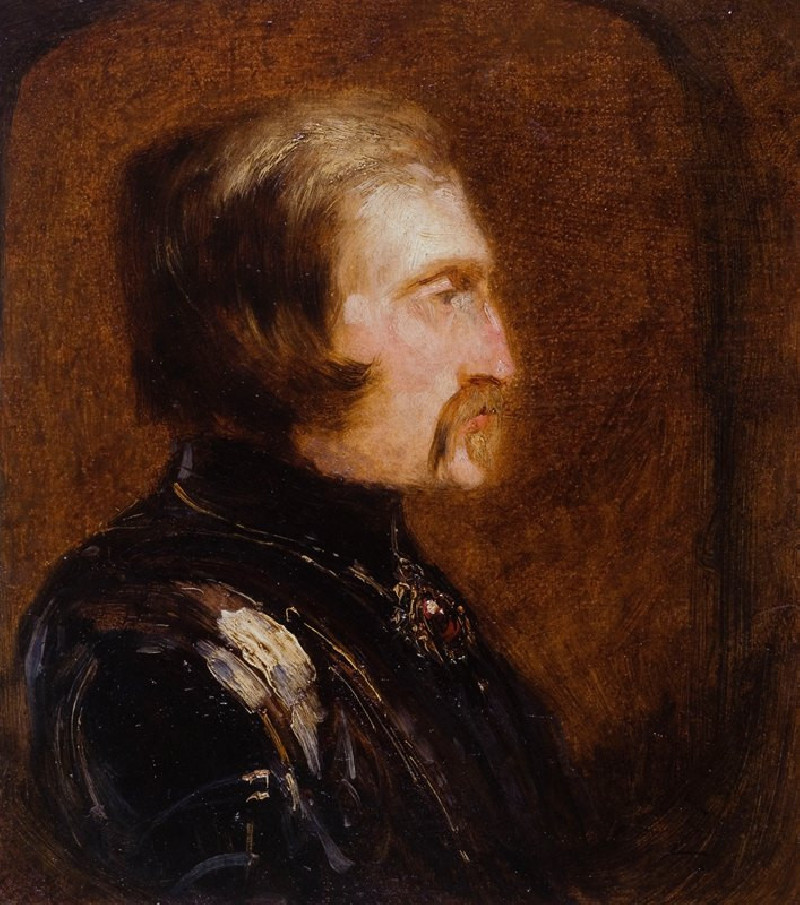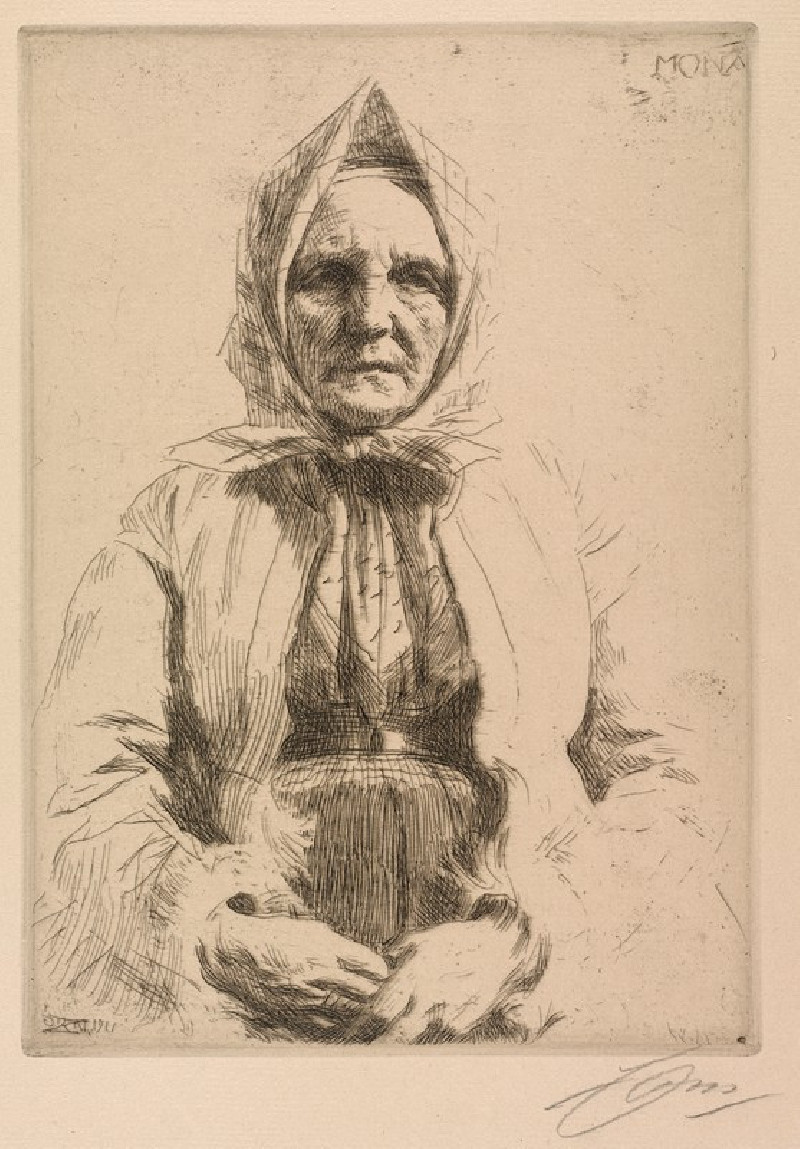Paris, La Seine Au Pont Des Arts (1932)
Technique: Giclée quality print
Recommended by our customers
More about this artwork
Delve into the vibrant essence of Paris in the early 20th century with “Paris, La Seine au Pont des Arts,” a captivating watercolor and pencil work completed in 1932 by the celebrated French neo-impressionist artist Paul Signac. This painting is an exquisite depiction of the Seine River, slicing through the heart of Paris, viewed from the vantage point of the historic Pont des Arts.In this painting, Signac masterfully captures a lively yet serene Parisian day. The Pont des Arts, known for its iconic ironwork, spans gracefully over the twinkling waters of the Seine, connecting the Institut de France with the central square of the Louvre. The bridge serves not just as a physical link but as a focal point in this vibrant composition, bustling with the energy of the city.The palette is quintessentially Signac: soft yet vivid, with delicate washes of color that convey the chill yet hopeful atmosphere of a Parisian winter. Hues of blues and pinks in the sky suggest a cold yet clearing day, possibly after a morning shower. The bare trees to the right whisper the tale of the passing of autumn and the arrival of winter, their leafless branches set against a soft sky dotted with gentle clouds.Scattered human figures and a river boat add a hint of narrative to the scene, suggesting the daily rhythm of city life that stirs even in the chill of winter. Signac's use of light and shadow, combined with his fluid, almost sketch-like handling of detail, gives a sense of immediacy and spontaneity, as if capturing a moment briefly glimpsed.
Delivery
Returns
Paul Signac (1863-1935) was a French Neo-Impressionist painter. Together with Georges Seurat, Signac developed the Pointillism style. He was a passionate sailor, bringing back watercolor sketches of ports and nature from his travels, then turning them into large studio canvases with mosaic-like squares of color. He abandoned the short brushstrokes and intuitive dabs of color of the impressionists for a more exact scientific approach to applying dots with the intention to combine and blend not on the canvas, but in the viewer's eye.

